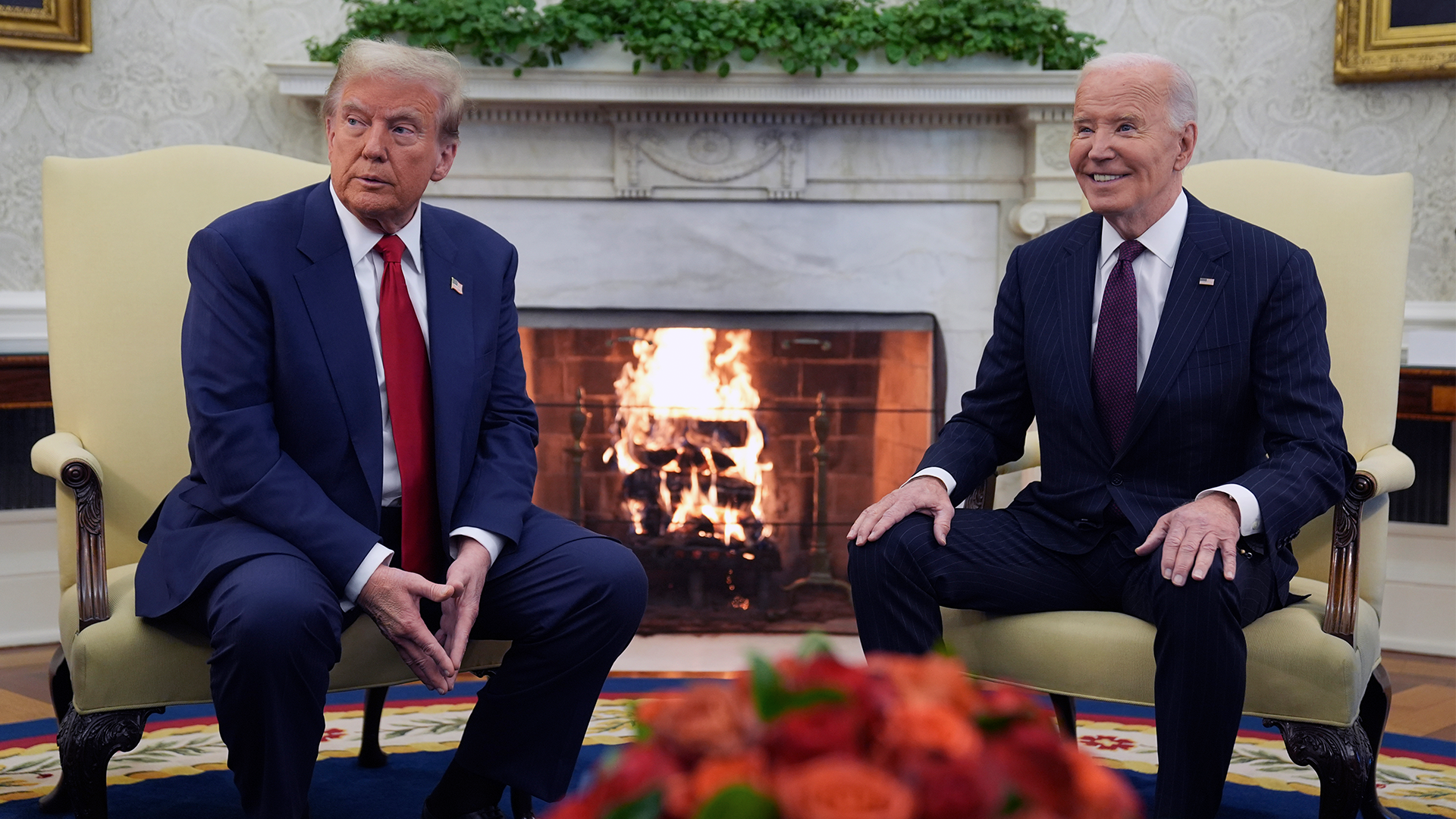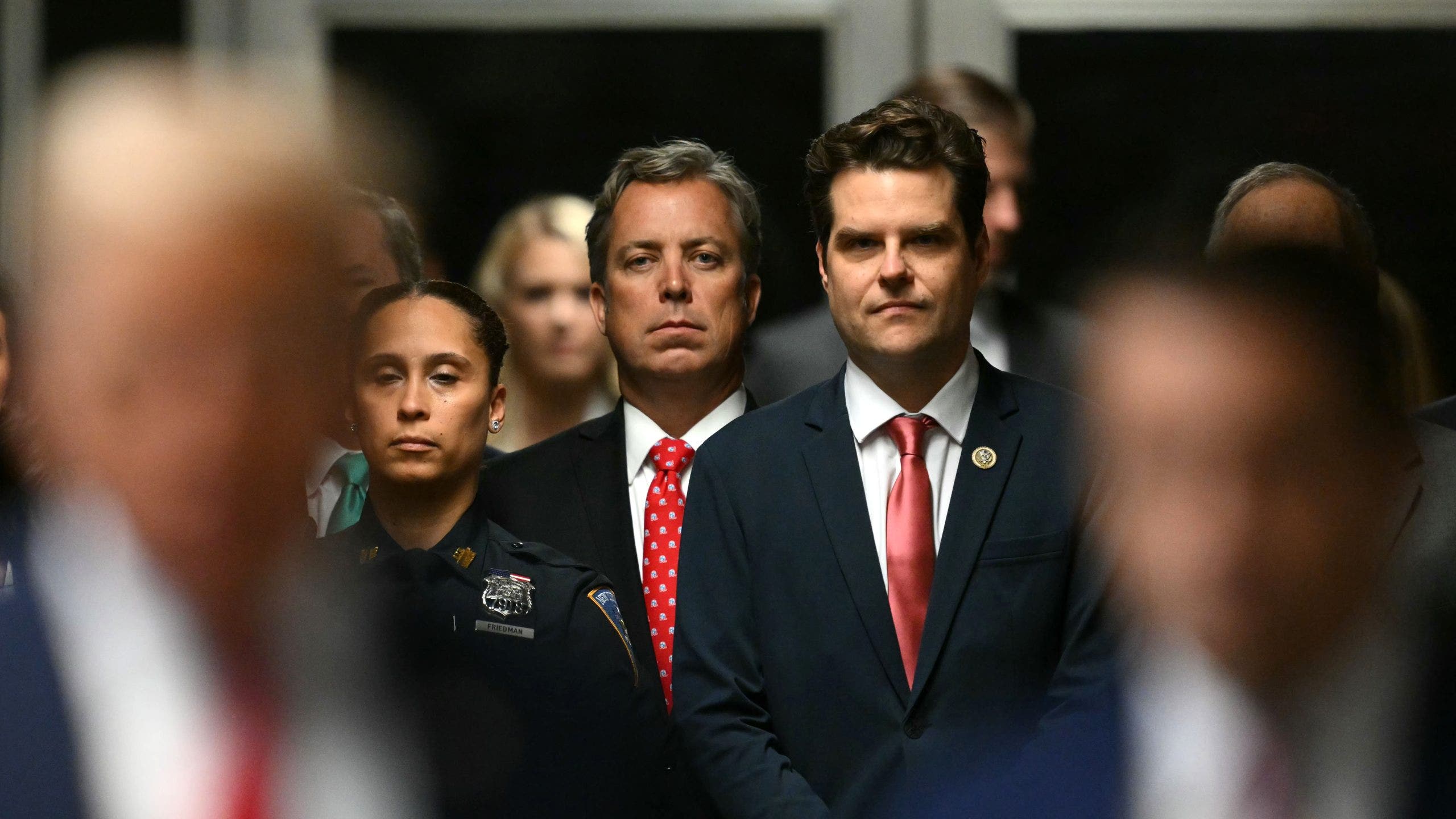WASHINGTON — President-elect Donald Trump is poised to re-enter the White House on Jan. 20 — bringing with him a return of his populist policies and significant interest in whether those will include another stimulus check.
Trump, 78, is not expected to push for a third giveaway, though he is promising an array of other economic relief to working and middle-class Americans in the form of tax cuts and credits.
The 45th president signed his name to two stimulus checks during his final year in office as he sought to keep the economy afloat during the COVID-19 pandemic — one for up to $1,200 in March 2020 and another for up to $600 in December 2020.
Outgoing President Biden added another direct payment of up to $1,400 in March 2021 — completing the $2,000 handout Trump had advocated during his final days in office before being blocked by congressional Republicans — as part of the massive American Rescue Plan Act.
Biden’s bill was widely blamed for catapulting inflation to four-decade highs in the summer of 2022.
Democrats in Congress attached massive additional spending to that $1.9 trillion stimulus bill, including $350 billion for state and local governments, $120 billion for K-12 schools, $75 billion for COVID-19 vaccination and $25 billion for bars and restaurants to compensate for lost revenue.
What Trump is proposing
Trump won the Nov. 5 election by campaigning on a set of novel plans that he said would put more money into Americans’ pockets and fuel an economic boom.
Those ideas include eliminating federal taxes on tips, overtime and Social Security payments.
He also proposed allowing buyers of American-made cars to write off loan interest — similar to home mortgages.
Trump additionally proposed making in vitro fertilization (IVF) — which costs about $15,000 to $20,000 per cycle — free either by insurance mandate or government subsidy to encourage child-bearing.
Trump has further committed to eliminating the $10,000 cap on state and local taxes that can be deducted from federal taxes. That policy was adopted in Trump’s 2017 tax reform law and hit residents of high-tax locales like New York and New Jersey particularly hard.
Although each of these policies would free up more money for American consumers to spend elsewhere, Trump has argued that they would spur on greater economic productivity without contributing to inflation, including by prompting Americans to work harder to enjoy the new perks.
Economic experts are wary of other Trump proposals, including new tariffs on most foreign imports, which Vice President Kamala Harris argued would function as inflationary de facto “national sales taxes” during her failed presidential candidacy.
Trump imposed some tariffs during his first term — particularly on Chinese goods and steel and aluminum imports — but also used the threat of tariffs to coerce foreign nations into adopting more favorable trade policies to benefit US companies.
Why another stimulus check is unlikely
Stimulus checks historically have been used to spur consumer spending when there’s an emergency that threatens to tip the country into a deep recession or depression — with a $600 rebate previously authorized during the 2008 financial crisis.
There’s not currently a comparable crisis with the stock market near all-time highs and unemployment just 4.1%.
The political momentum for stimulus checks also doesn’t exist — especially among Republicans in Congress, who will control both the House and Senate under Trump and who have blamed Biden’s early-term free-money policies for causing inflation, which finally is approaching the Federal Reserve’s target rate of 2% after peaking at an annual 9.1% in June 2022.
High inflation triggered higher interest rates — walloping home-buyers and people with credit card balances — and Trump has vowed to both reduce inflation and interest rates after harnessing public anger over costs to win back the presidency.
Since Biden took office in January 2021, the average price of goods and services is up 21%, according to Bureau of Labor Statistics data.
Biden’s massive 2021 stimulus bill’s inflationary impact was identified even by prominent Democratic economists like Steven Rattner and Larry Summers — adding to the wariness in Washington.
All three rounds of pandemic-era stimulus checks were means-tested, with the final round granting smaller amounts to earners between $75,000 and $80,000, with those above that threshold getting nothing. An extra $1,400 check was awarded for each dependent child.
What Biden incentives may be eliminated
The outgoing administration presided over a number of massive spending bills that passed during Biden’s first two years in office, when Democrats controlled both chambers of Congress.
Those included the $1.2 trillion bipartisan infrastructure bill and the Inflation Reduction Act, which included an estimated $369 billion in environmental spending, including on subsidies for consumers. The actual federal spending on those projects is projected to be higher than the initial estimate.
What exactly Republicans will seek to repeal from the three massive spending packages remains to be seen.
The House GOP has sought to claw back unspent funds from the 2021 stimulus bill and many Republicans have been skeptical of specific elements of the infrastructure and environmental bills. Republicans last year negotiated to claw back $27 billion in pandemic funds not spent by federal agencies and state and local governments must earmark unspent funds by Dec. 31 of this year or lose the money.
Benefits to individual Americans that could be on the line include future tax credits of up to $4,000 for buying electric cars, up to $14,000 to buy more efficient appliances and home electrical and weatherization projects, plus up to 30% back on solar panel costs.

 By New York Post (Politics) | Created at 2024-11-21 17:01:20 | Updated at 2024-11-21 21:33:39
4 hours ago
By New York Post (Politics) | Created at 2024-11-21 17:01:20 | Updated at 2024-11-21 21:33:39
4 hours ago








